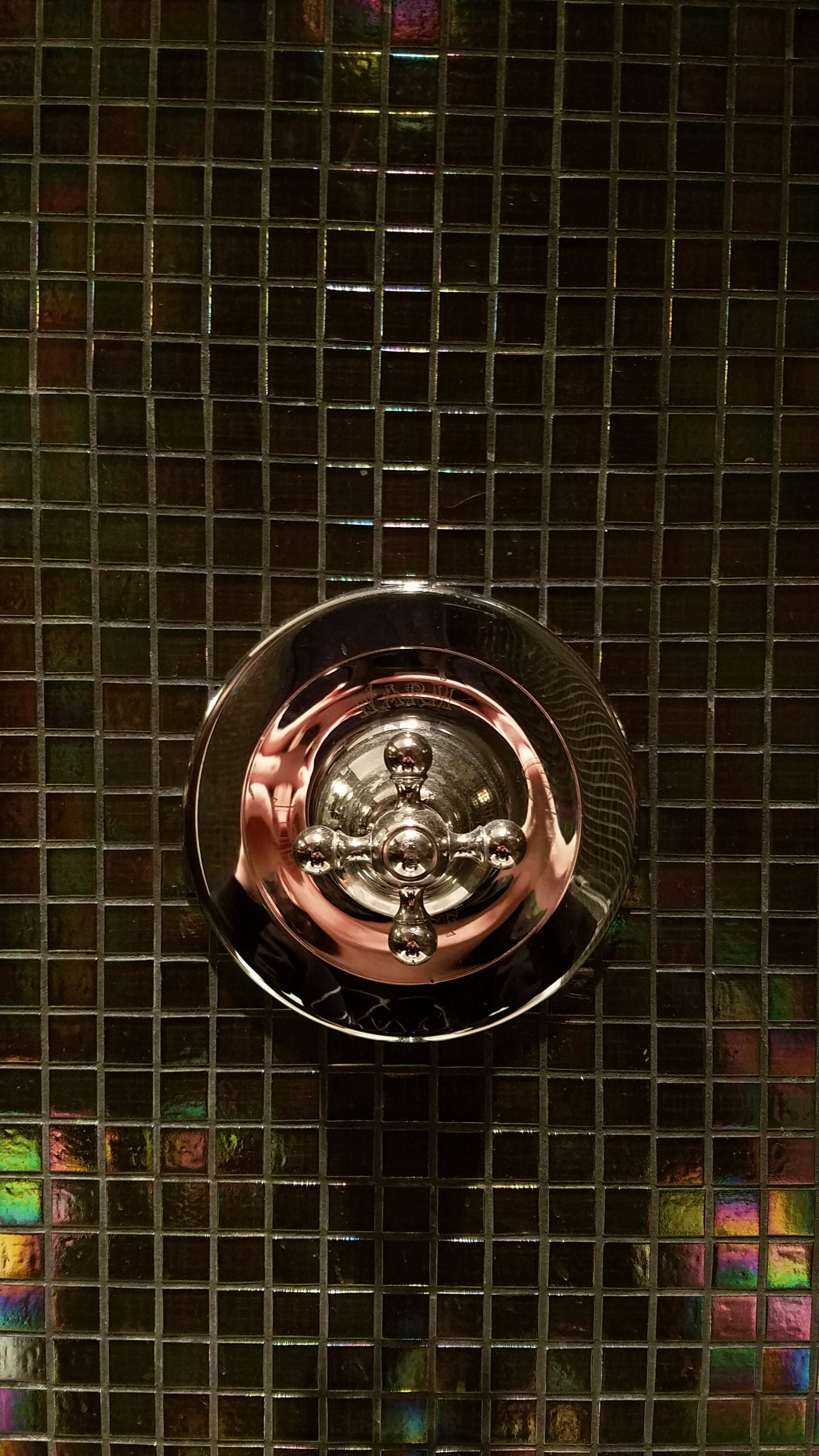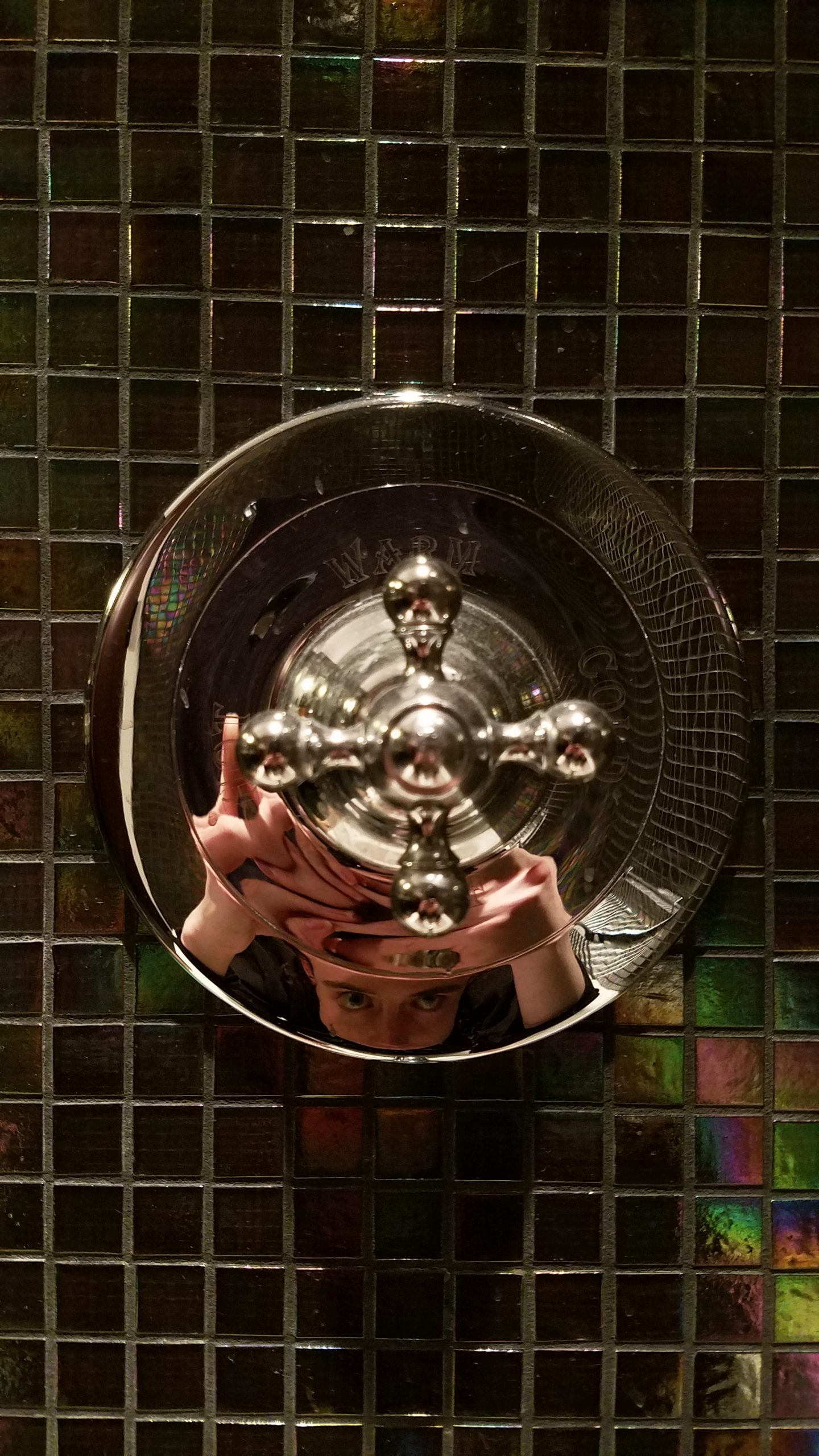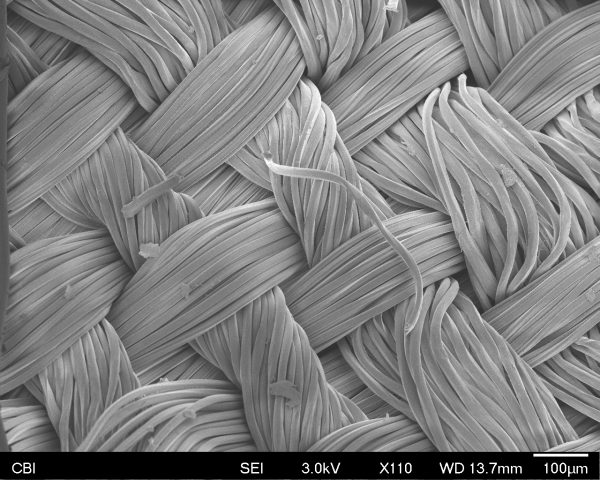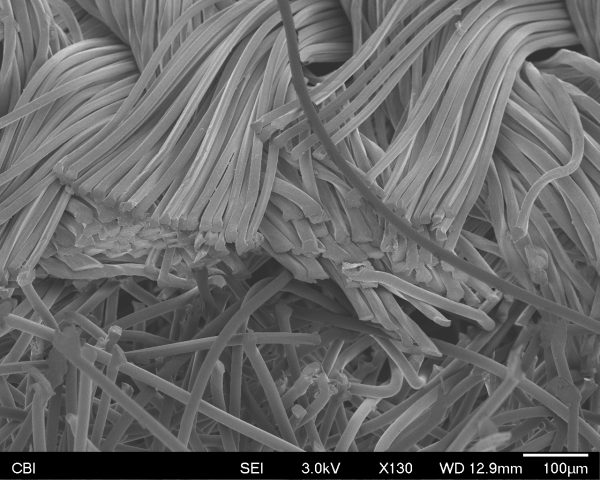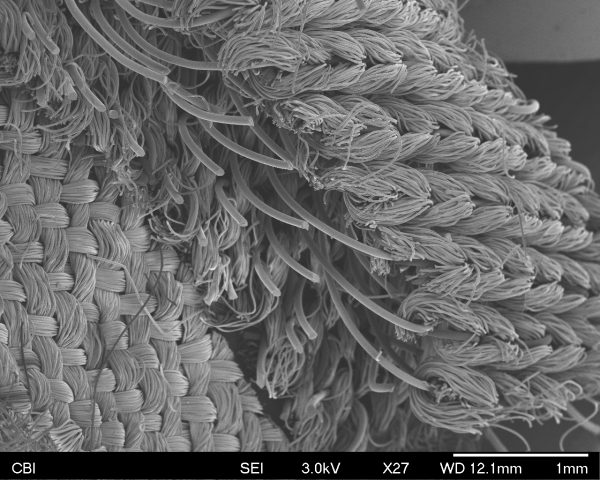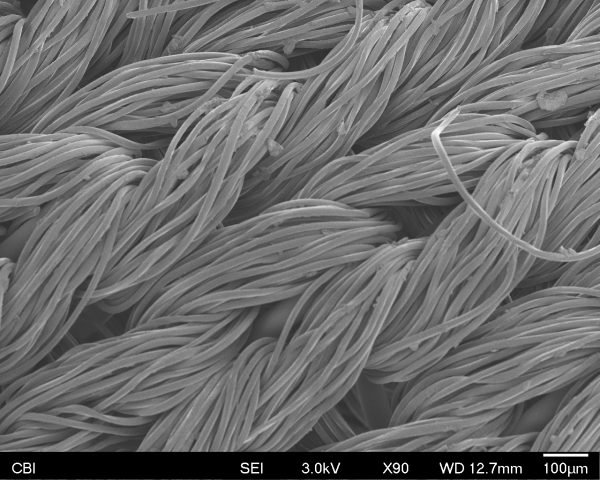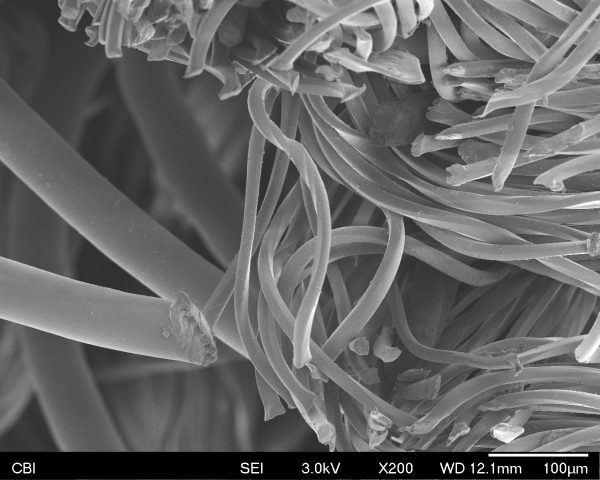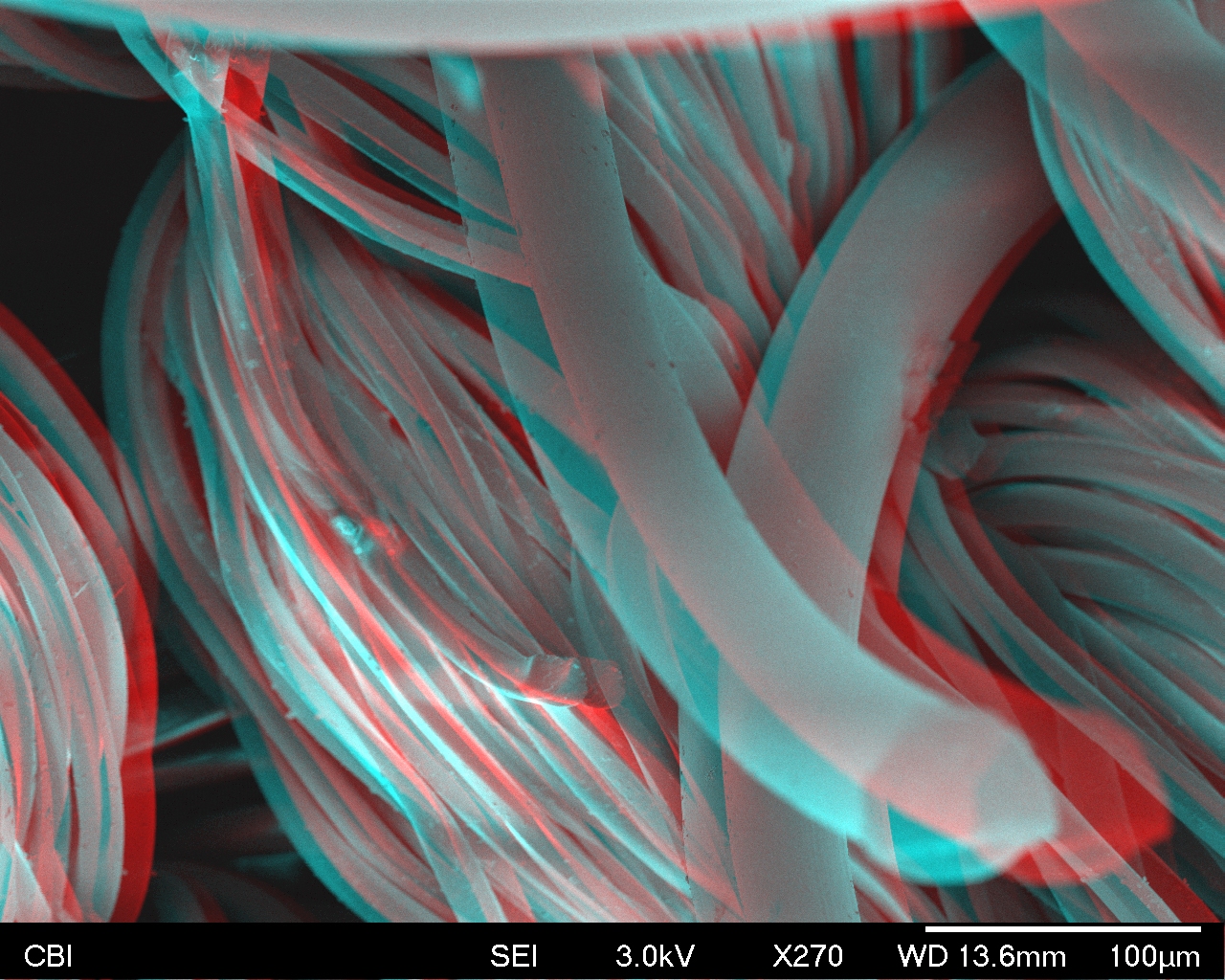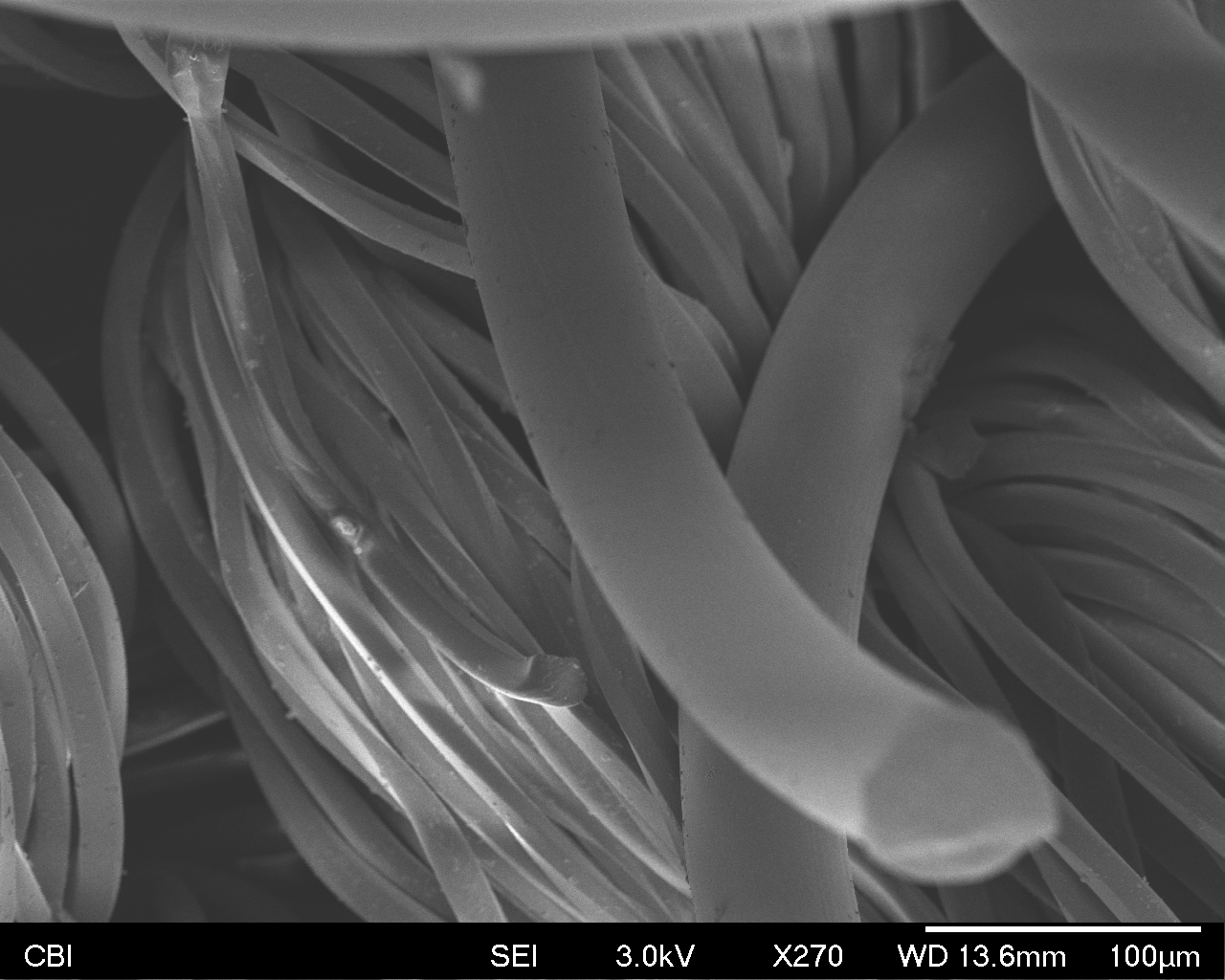There are a lot of woods near my house, so I went walking in them while it was raining the other day and I found and photographed a bunch of stuff. Here’s the most interesting stuff I found.
I think someone ate this deer.
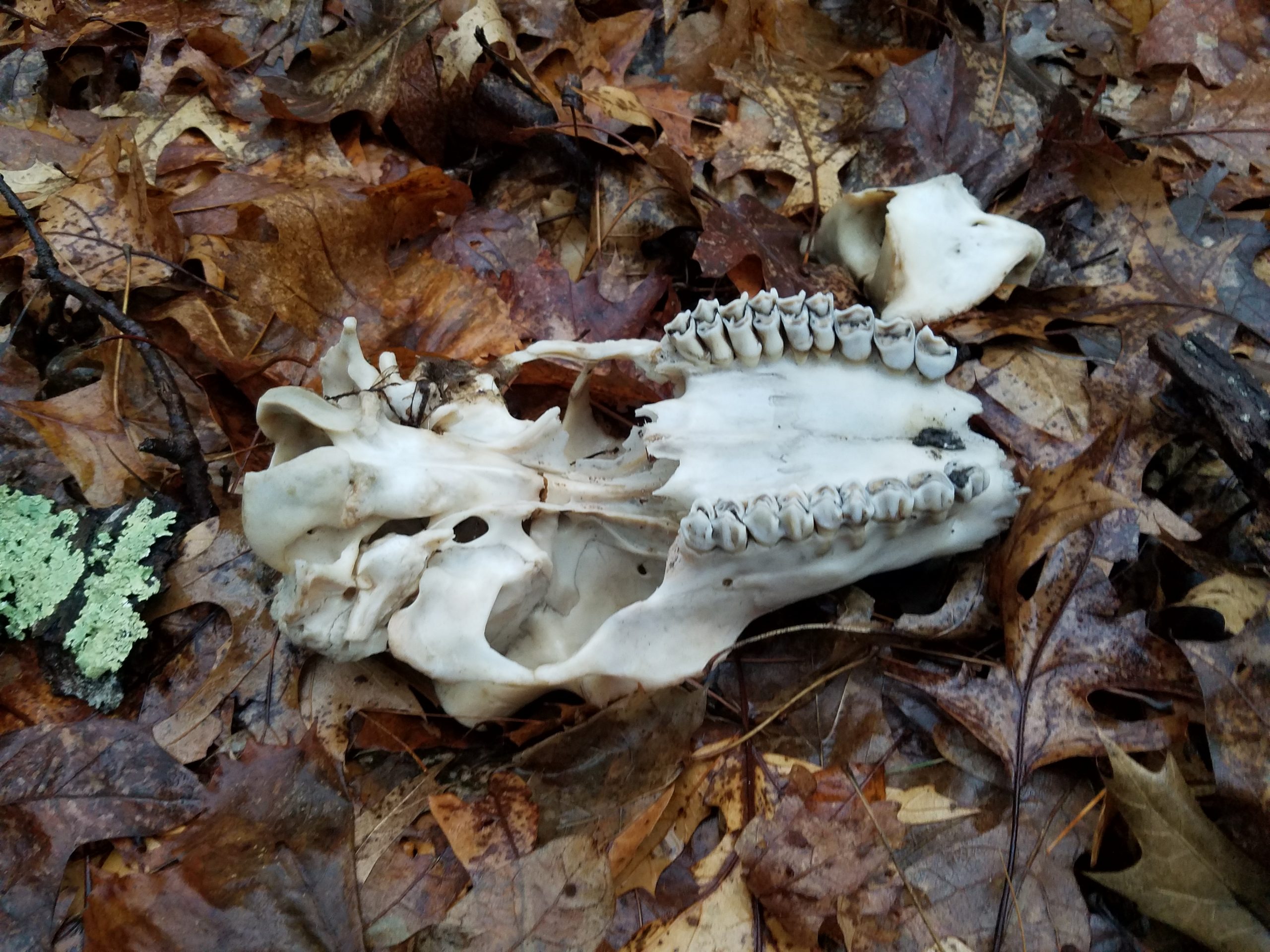
This hole looks very man-made and it’s kinda creepy.
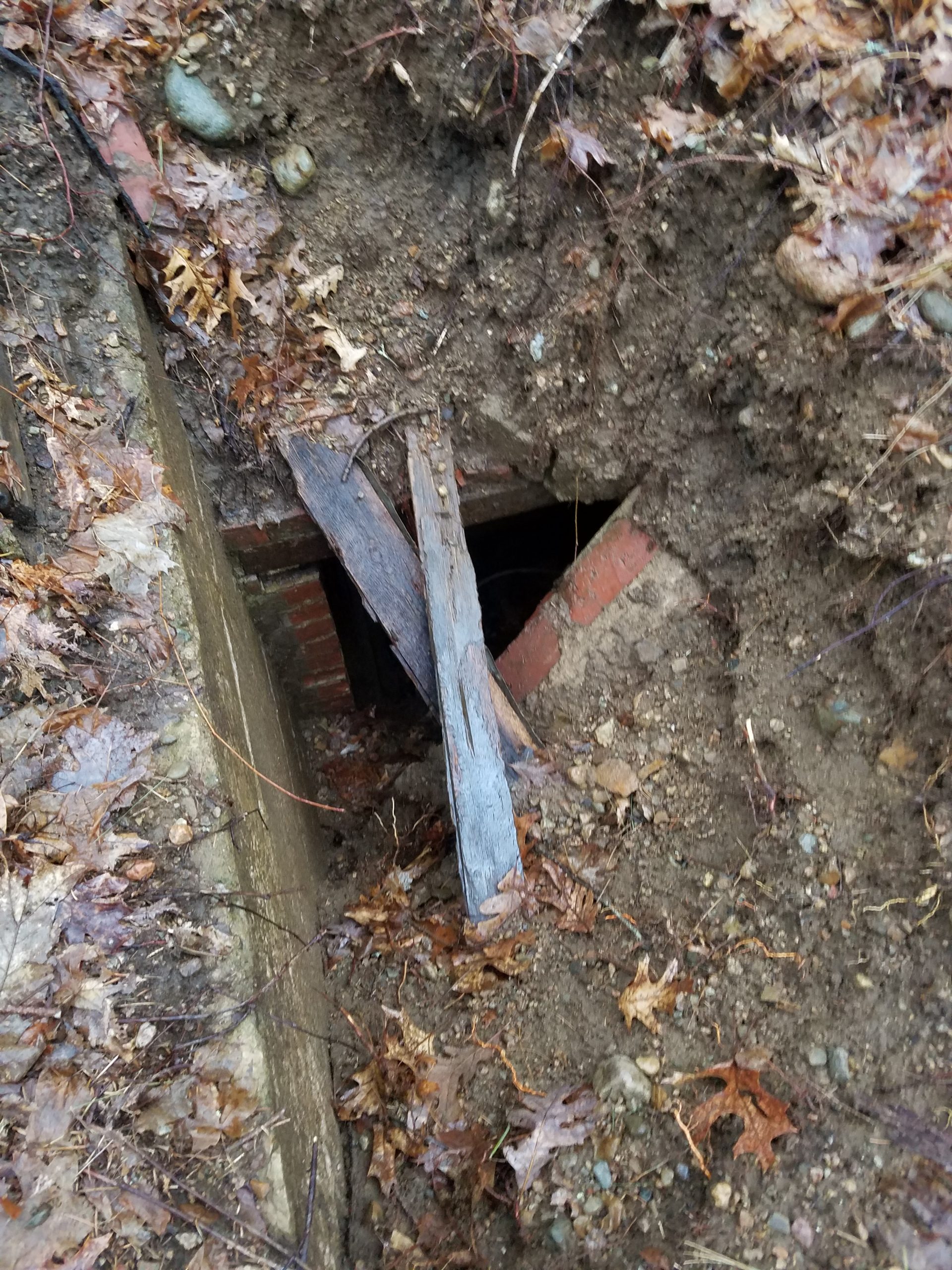
This twig is growing straight through that fungus (or the fungus grew around the twig, I’m not sure which party is responsible for this situation)
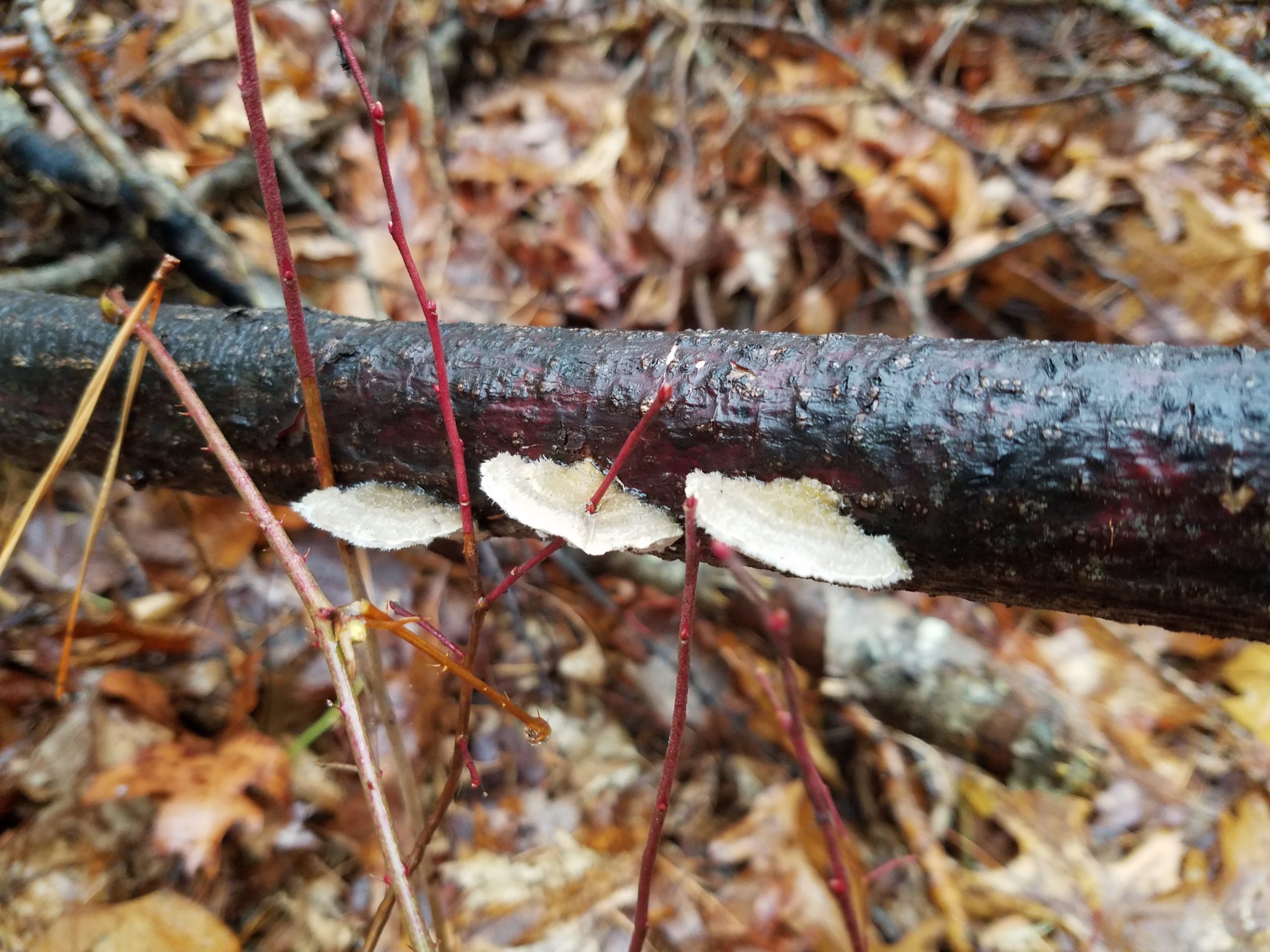
When the rain flows down pine trees it makes foam at the base. I have no idea what the science behind this is.
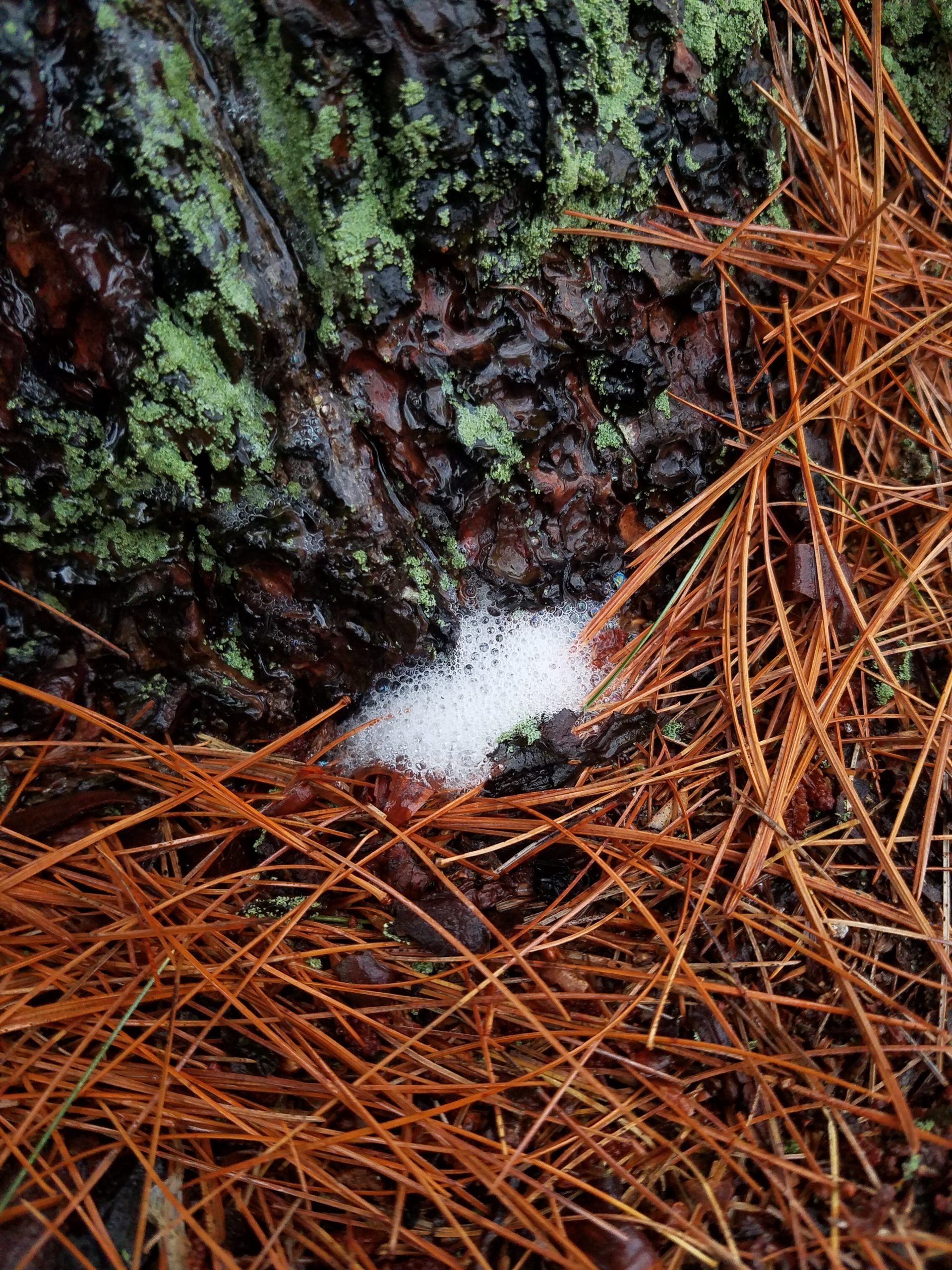
There’s this random stone bench in the middle of the woods, in case anybody is looking for an uncomfortable makeout spot.

